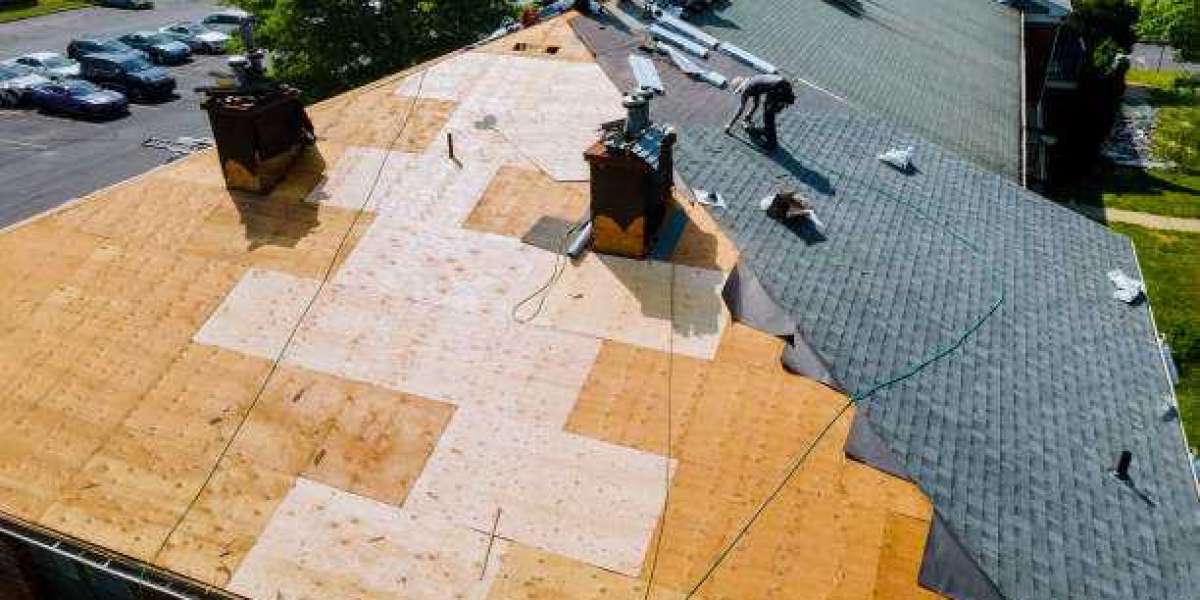A roof inspection is an essential process for homeowners, ensuring that their roofing system remains in optimal condition. While it is vital to have a professional conduct the inspection, homeowners can take proactive steps to prepare for the inspection, making the process smoother and more effective. This article will discuss how homeowners can prepare for a roof inspection, the importance of this preparation, and what to expect during the inspection.
Understanding the Importance of Preparation
Preparing for a roof inspection can enhance the effectiveness of the evaluation and help homeowners receive a more accurate assessment of their roofing system. When homeowners are actively involved in the process, they can better understand their roof's condition and any necessary repairs or maintenance. Furthermore, being prepared can save time and ensure that the inspection goes smoothly, leading to a more comprehensive evaluation.
Steps to Prepare for a Roof Inspection
1. Clear the Roof Area
Before the inspector arrives, homeowners should clear the roof area of any debris, branches, or leaves. This cleanup makes it easier for the inspector to assess the roof and identify any potential issues. Additionally, clearing the area helps prevent any accidents or injuries during the inspection.
2. Trim Overhanging Branches
If there are overhanging branches near the roof, it is wise to trim them back before the inspection. Branches can pose a risk of damage during storms or heavy winds, and having them trimmed reduces this risk. This action also allows for a clearer view of the roof during the inspection.
3. Inspect Gutters and Downspouts
Homeowners should take a moment to inspect their gutters and downspouts before the roof inspection. Clogged or damaged gutters can lead to water pooling on the roof, which can cause leaks and structural issues. Ensuring that gutters are clean and in good condition can provide valuable insights during the inspection.
4. Document Existing Issues
If homeowners are aware of any existing issues with their roof, such as leaks or missing shingles, they should document these concerns and communicate them to the inspector. Providing this information upfront can help the inspector focus on the most critical areas and address specific concerns during the evaluation.
5. Provide Access to the Attic
During the inspection, the inspector may want to check the attic for signs of water damage or mold caused by roofing issues. Homeowners should ensure that the attic is accessible and free from clutter, allowing the inspector to conduct a thorough evaluation.
What to Expect During a Roof Inspection
During a roof inspection, homeowners can expect the inspector to follow a detailed process that includes:
- Visual Inspection: The inspector will perform a visual examination of the roof's exterior, checking for signs of damage or wear.
- Interior Assessment: The inspector will also assess the interior of the home, looking for any signs of leaks or water damage.
- Recommendations: After completing the inspection, the inspector will provide a report detailing their findings and recommendations for any necessary repairs.
Conclusion
Preparing for a roof inspection is a crucial step for homeowners looking to maintain the integrity of their roofing system. By clearing the roof area, trimming branches, inspecting gutters, documenting existing issues, and providing attic access, homeowners can enhance the effectiveness of the inspection process. Ultimately, this preparation allows for a thorough evaluation, ensuring that any potential issues are addressed promptly and effectively, protecting the home for years to come.














